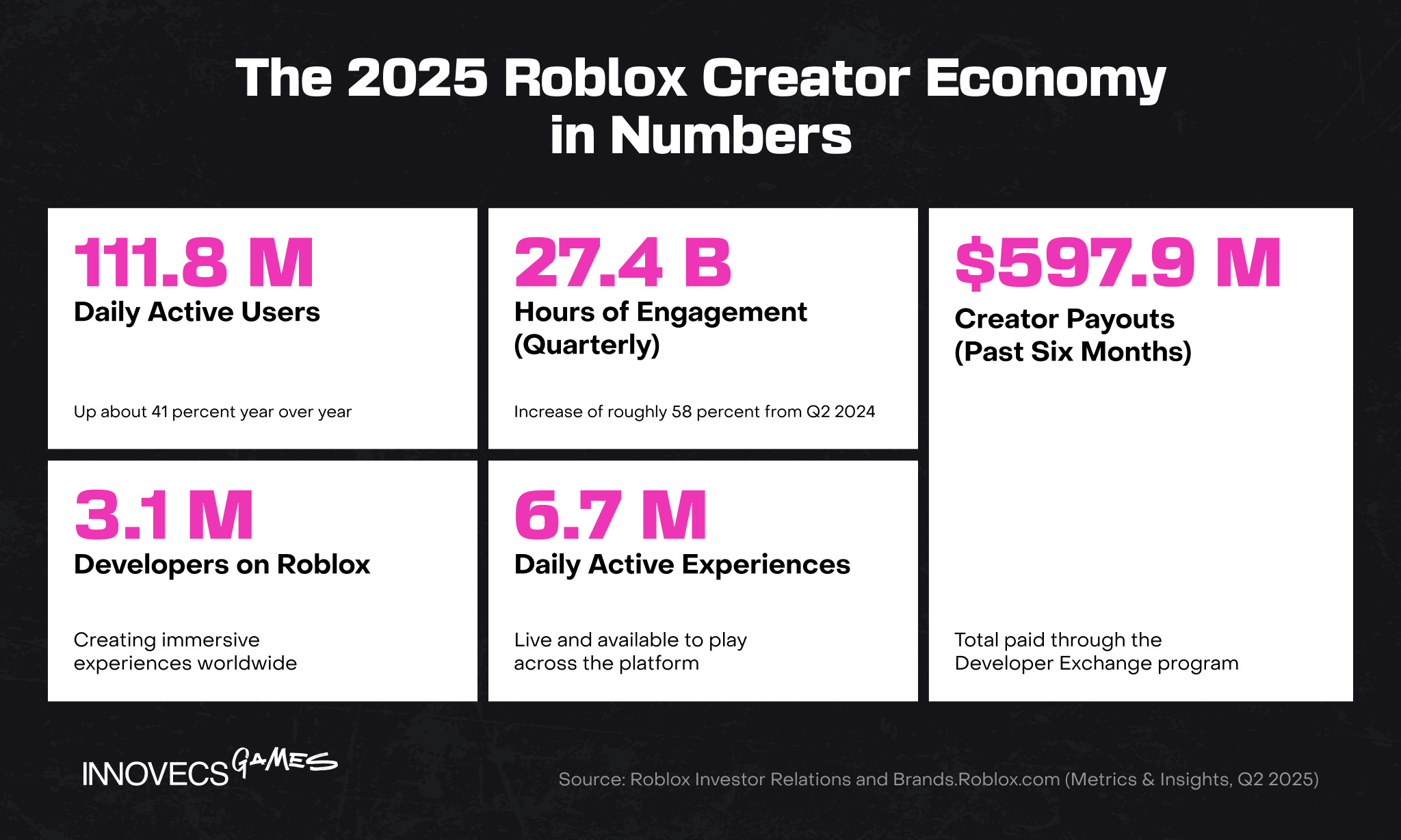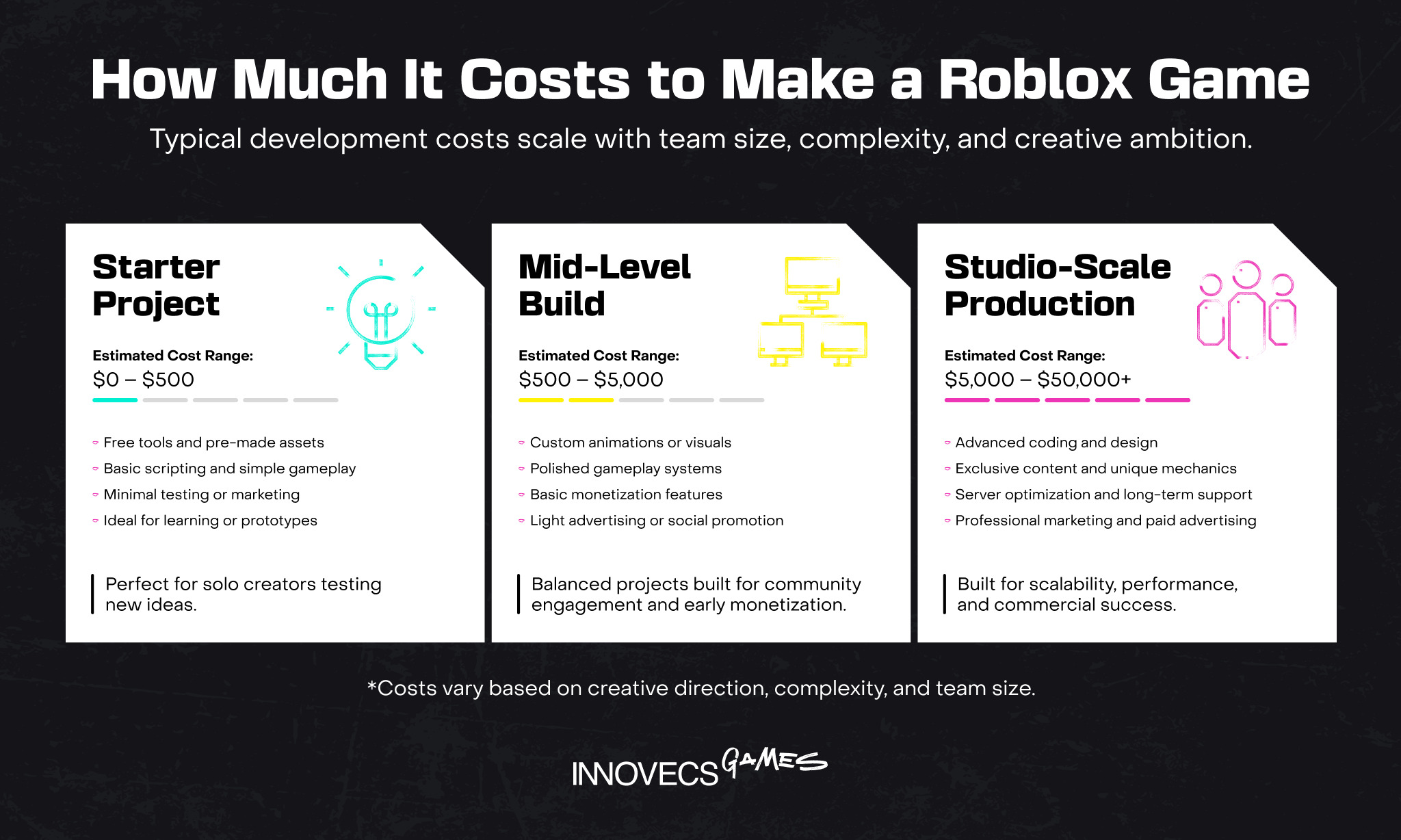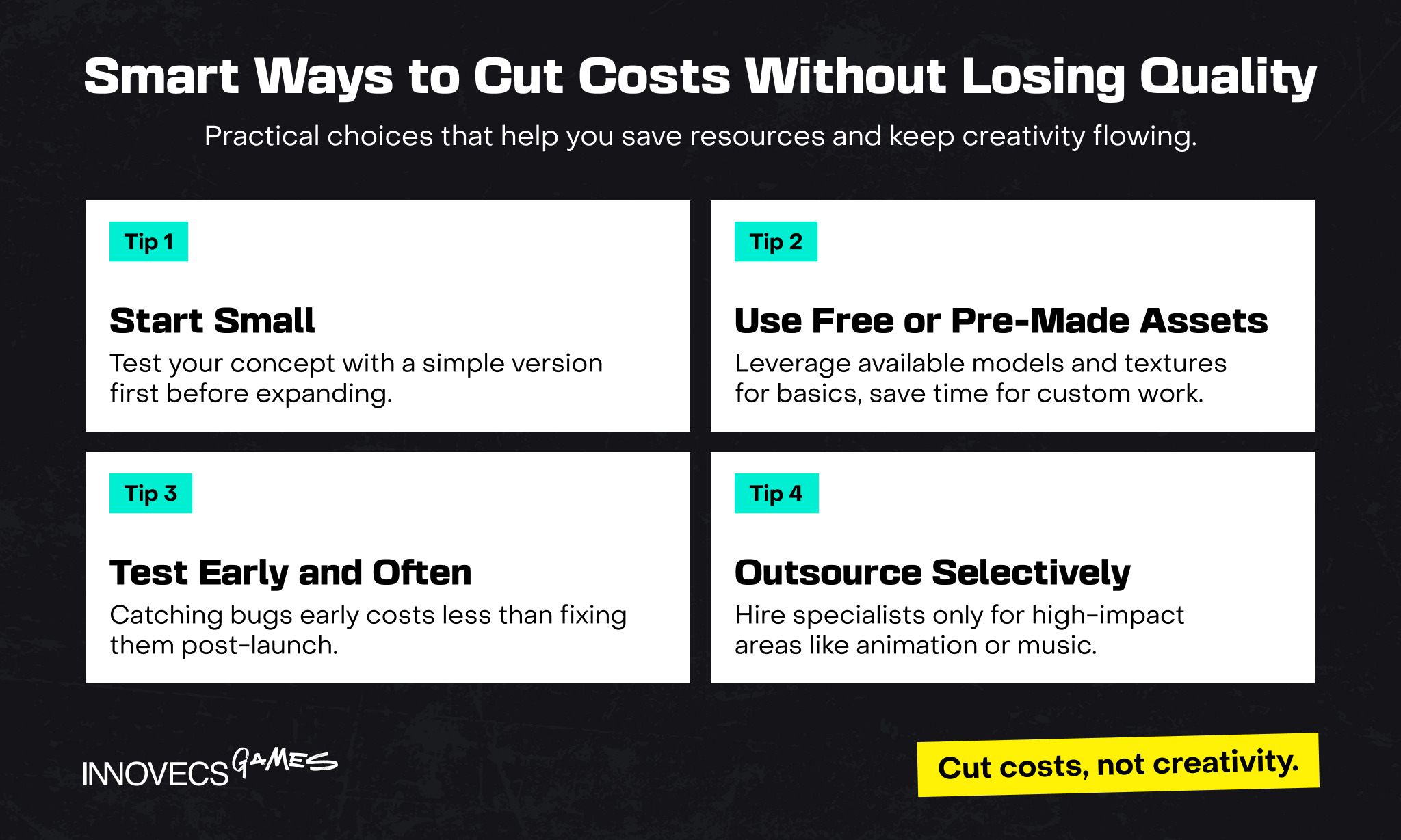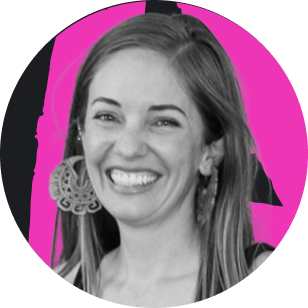Roblox has transformed from a simple sandbox experience into a full-scale ecosystem where creativity meets opportunity.
What started as a place for players to build blocky worlds has evolved into a global platform supporting millions of creators, developers, and brands. With more than 70 million daily active users, Roblox is now one of the most accessible ways to design, publish, and monetize interactive experiences.
But before diving into your own project, one question always comes up: how much does it cost to make a Roblox game?
The answer isn’t as straightforward as a single number. Development costs can vary depending on the game’s size, scope, and complexity. A simple obby might take just a few weeks to complete with minimal spend, while complex games with advanced mechanics, custom animations, and unique assets can require a full team of experienced Roblox developers and a carefully planned budget.
Many indie developers start small, using free tools inside Roblox Studio and premade assets to cut costs. Others invest heavily, hiring developers, modelers, and scripters to bring ambitious ideas to life.
Roblox game development offers multiple ways to approach creation, whether you want to make a Roblox game as a solo creator, collaborate with a team, or partner with an external studio for full creative control.
Beyond building the game itself, you should factor in platform fees, advertising, and server hosting. These often-overlooked expenses can affect your total investment, especially when developing monetized games that rely on game passes or in game purchases. The key is understanding what elements actually cost money and how each decision influences both quality and long-term performance.
In this guide, we’ll break down the costs behind Roblox projects, from development stages and pricing models to hidden expenses and monetization strategies. You’ll also learn what separates successful Roblox games from those that never quite take off, and how to define a realistic budget without sacrificing quality.



